(I will be doing a future piece on what to look for and ask about with a rescue.)
The choice of where to obtain a dog is personal. I recommend only two places: a carefully researched breeder and a carefully researched rescue. If you choose the breeder route, it is important to know what to look for in a breeder. You may be thinking “But I only want a pet. Why should I care about all of what you are going to say?” Well, you deserve a chance to get the best for your home. Not all breeders are the same. Even people breeding for show will have dogs that are not going to fit the breed standard. These will go as pets to carefully chosen homes. So, what should you look for in a breeder?
Knowledge of breed history and predispositions
Breeds were developed for different jobs. Even breeds we consider companion only breeds may have working histories. Yorkshire Terriers are a great example of a breed considered only for pets having a working background. Though often thought of as show dogs and pets, Yorkies were originally vermin hunters. Standard Poodles are not fluffy show dogs. They are one of the early gun dog breeds. Many are still used as retrievers in the field today. I am always wary of anyone breeding dogs who say their dogs are perfect pets for any situation. A good breeder will tell you the pros and cons of their breed so you can make an educated decision.
A good breeder will know where their dogs fall within expected traits based on breed. I know a woman who breeds working Shetland Sheepdogs. Her dogs are all around farm dogs. They work a variety of livestock. She is not a breeder I would send someone to if they were looking for a pet and a Sheltie they can dabble in Agility or Rally with. Her dogs would be too much for the average pet owner. However, she is someone I send people to if they are looking for a working farm dog or serious herding competitor.
Good breeders will know that not all dogs will fit the predicted standard. A good breeder breeds for correct type and temperament within the breed to the best of their ability.
Knowledge of the standard
A good breeder knows the standard and will not intentionally breed for colors outside that standard. In the United States we have two main all breed registries: The American Kennel Club and the United Kennel Club. Many breeders also register their dogs with the Canadian Kennel Club (do not confuse with the Continental Kennel Club – if you see CKC, you must ask Canadian or Continental). Though each registry may have some differences in standards (such as how much white on Shetland Sheepdogs or allowing multicolored poodles to be shown or not) a good breeder breeds for dogs within standard of the main registries in their country. It is your job to know the bogus registries that were developed to give fake credibility to less than ethical breeders.
Good breeders understand that sometimes off colors show up due to the genetics of dogs that went into breed development such as brindle points or black and tan Labs, they will not intentionally breed for these off colors. They will also know that some color genetics do not exist in their breeds. Blue merle is not a color pattern found in Poodles, Schnauzers, French Bulldogs, American Pit Bull Terriers, and other breeds. Silver Labs are not purebred labs. The genetics that create that color came from Weimeraners.
Avoid breeders using catch phrases such as rare colors, teacup, mini, micro, giant, etc. No good breeder breeds for trends or fads.

Researching lines before breeding
A good breeder researches. A careful breeding is more than just grabbing two purebred dogs or two dogs you think will make cute puppies and putting them together. A good breeder will check out everything from health testing and screenings, to temperament, to what has been produced by dog they are looking at breeding and the dogs to which they are breeding.
Proving their dogs are good breed representatives and breeding to good breed representatives
Proving a dog is a good breed representative ideally involves showing their dogs not only fit the standard but have brains. This means showing in conformation shows and some form of event where dogs can show their skills. Just because someone says their dogs are good, does not mean the dogs truly are. Conformation showing is where dogs compete against others of their own breed at the beginning levels. The dog who eventually takes best of breed is the dog who closest fits the breed standard at that point. Then dogs go on to the group level and the best in each group goes to the best in show ring. Dog shows were originally to help highlight breeding stock.
Breeders will also get some form of other titles on their dogs such as obedience, rally, agility, coursing, barn hunt, herding, drafting, dock diving, or one of the many sports open to dogs. Even one of the evaluations such as the American Kennel Club’s Canine Good Citizen (CGC) or the United Kennel Club’s version Socialized Pet Obedience Test (SPOT) shows the breeder is doing something outside the conformation end of competitions. In the American Kennel Club, conformation titles are before the name while other sport titles are at the end. In the UKC, all titles except SPOT are before the name. Look what dogs produced by the breeder are doing too.
If a breeder is doing absolutely nothing with their dogs, this is a breeder I would avoid.
Health Testing
Every dog, purebred or not, runs the risk of inherited issues. Some have definitive tests (genetic) while others have screenings because there is no genetic test at this moment. A good breeder will test for various health concerns. There is no such thing as true hybrid vigor in crossbred dogs. Domestic dogs are all the same species. Poodle crosses are very popular at this point (Labradoodles, Goldendoodles, Bernadoodles, etc.) and they can have a host of inherited issues for which there is testing and screening. Anyone saying their dogs have no health issues or are healthier because they are X and therefore, they do not need to test is a breeder to avoid. Along this thread is the “Well I am only breeding for pets, so I do not have to test” lie. Some medical concerns that can be tested for can be very costly to manage or treat for the pet owner.
Early Socializing
Every year a new catch phrase for puppy raising and evaluating comes out. Just as not enough early social experiences are bad, too much too fast can be just as detrimental. Puppies should be handled, exposed to new surfaces, given the chance to explore different things in the home and yard, hear and see different things, etc. This includes new people. Breeders saying puppies need to suck things up and deal with life may not understand how fears work. Forcing things on puppies may make them fearful of it later. Breeders who refuse to expose puppies to things increase the risk of fears developing. Puppies must have early socializing. Body handling, having different surfaces to explore, sounds, sights, new people, etc., can all be done safely at the home. As puppies grow, simple things like going for car rides, learning to be crated alone, etc., can all increase the chance of puppies better able to handle new homes. Puppy raising programs are a great guide depending on how well the developer knows behavior and how well the breeder implements the program. You want to look for someone who knows the importance of early work with puppies and is carefully doing it.
A couple red flags: (1) Puppies sent to homes before 8 – 9 weeks of age. Many states have laws saying not before 7 weeks. Puppies sent home too young increases the risk of behavior concerns. The first 16 weeks (give or take) is important for development. Some breeders hold puppies longer as they grow them out and evaluate them for working and show potential or toy breed puppies due to the risk of hypoglycemia. This is fine if they are doing the work during these weeks to help prepare a puppy for possible new home. People placing puppies at five and six weeks of age do not understand development. (2) Breeders who do nothing for handling the first weeks stating that the mother will reject or kill them if people handle puppies before their eyes and ears are open. Puppies begin learning from the moment they are born. Early handling is important.
Remains a resource
Good breeders stay a resource for the life of the dog. Though they may not be up on behavior and training, nor are they veterinarians (unless the breeder happens to be a vet as well or a good trainer or behaviorist), a good breeder has an interest in the entire life of a puppy they place. Also, they will contract to have the dog returned at any point if anything happens.

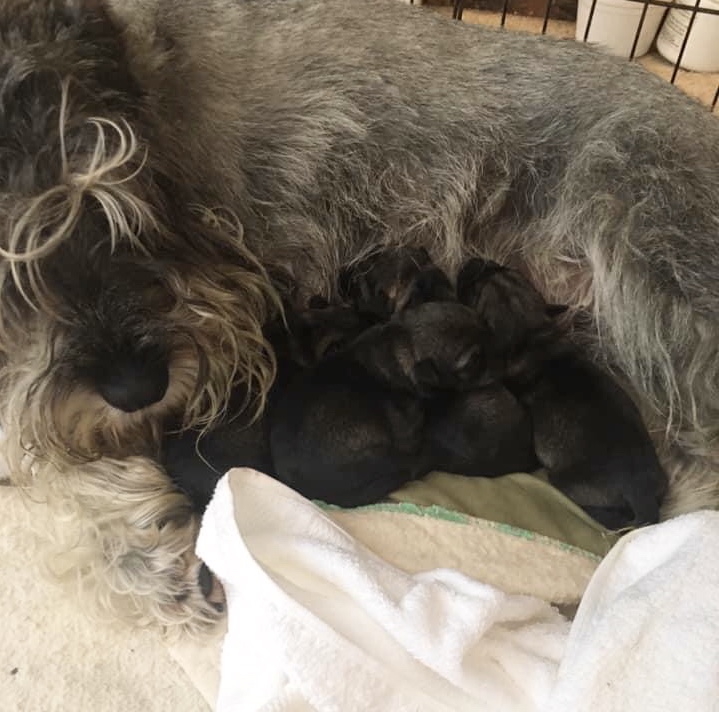
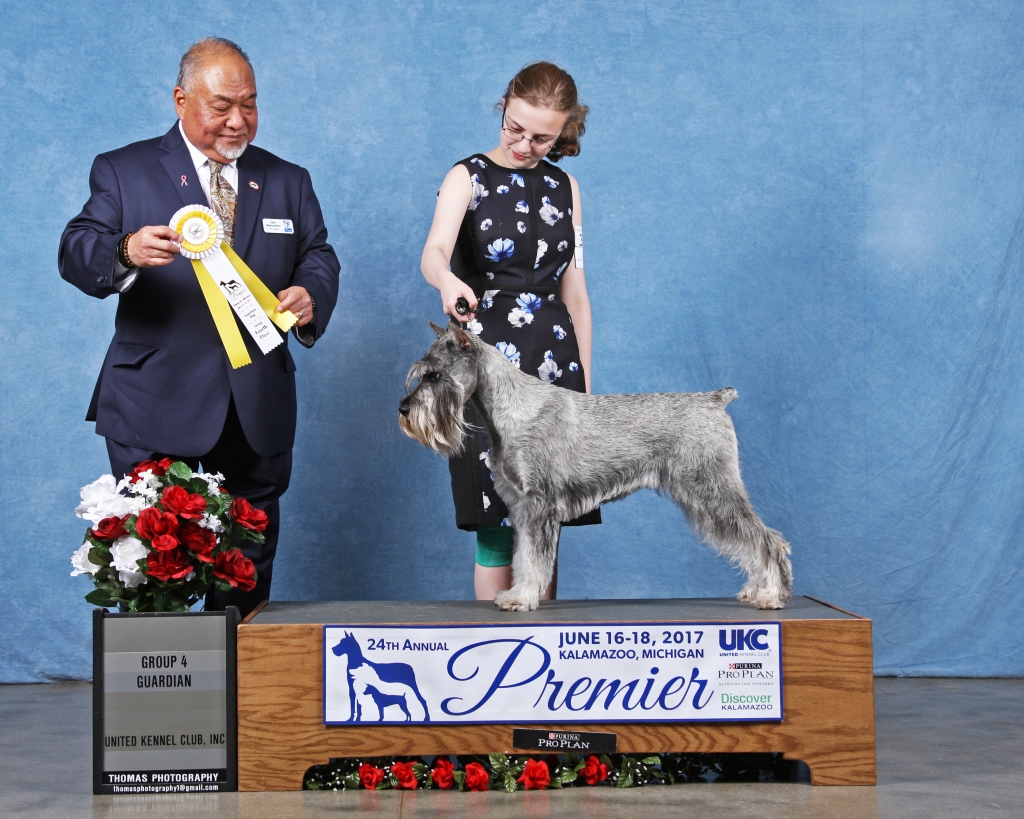
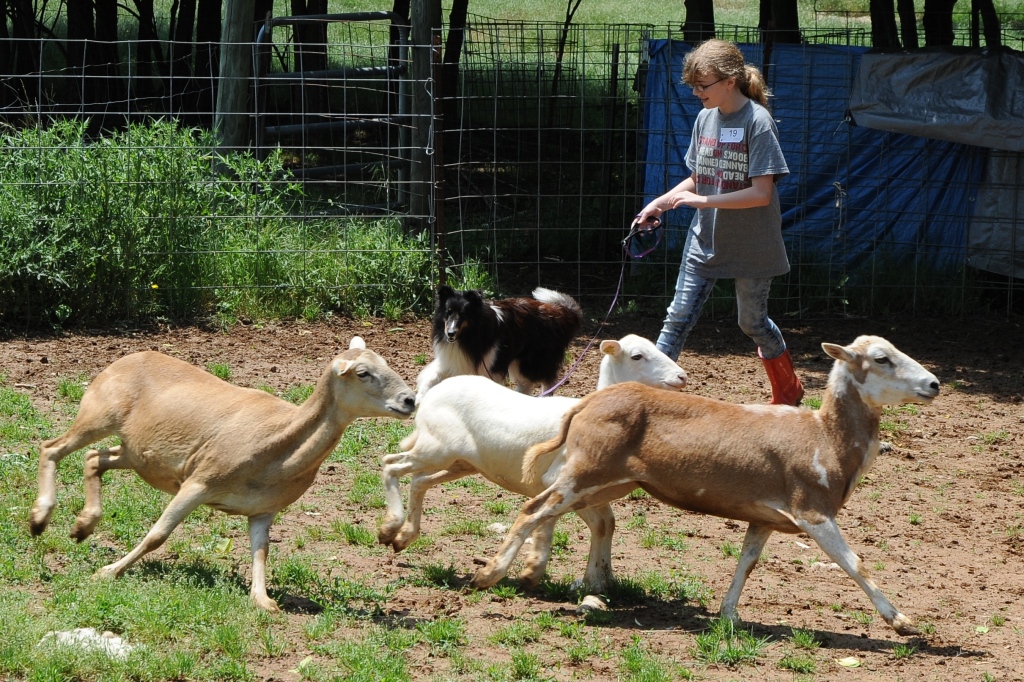
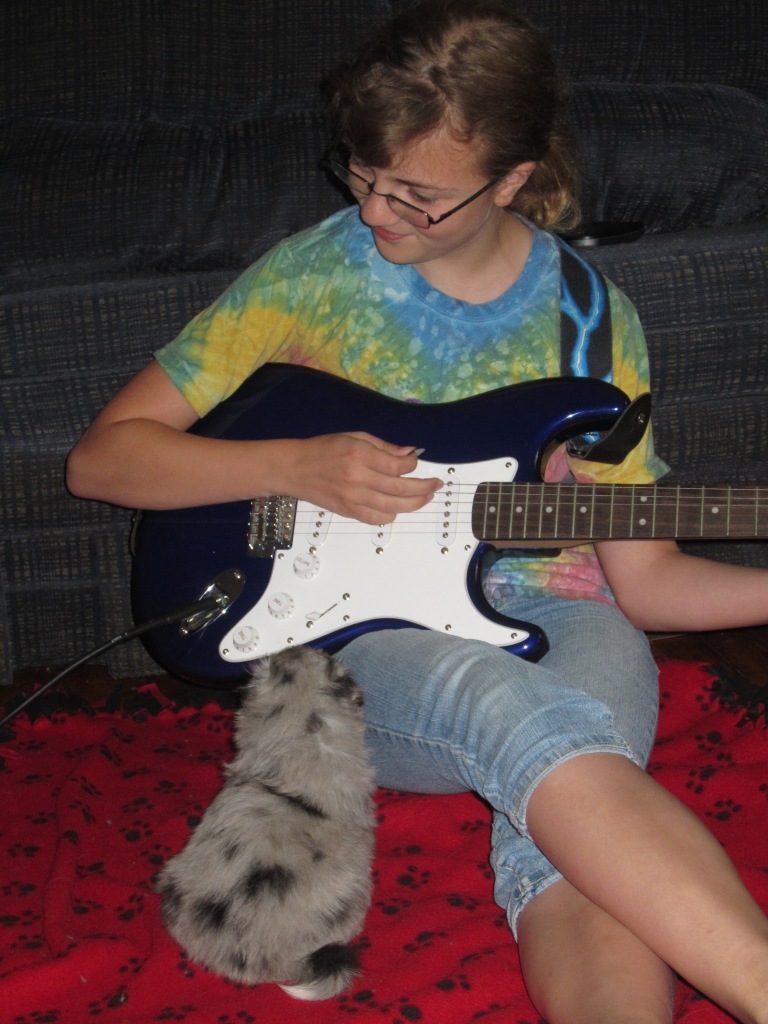
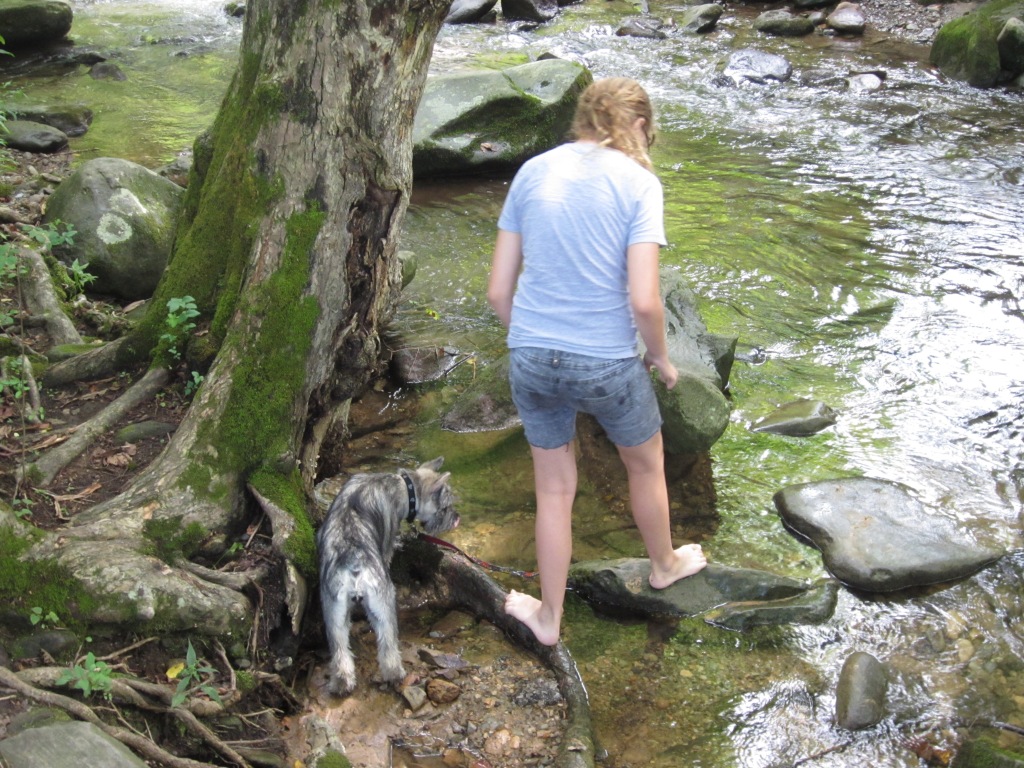
You must be logged in to post a comment.